Witness the Evolution of Olympic Swimwear
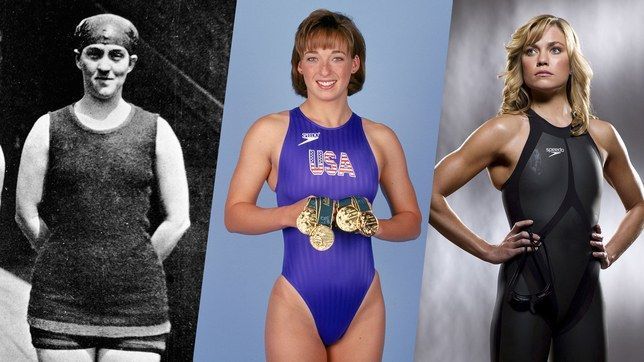
Since its introduction in 1896, swimming has become one of the most popular events at the Olympic Games. Before Michael Phelps and Katie Ledecky stormed the pool in sleek swimwear, generations of swimmers donned bizarre body suits while racing for their countries’ glory.
Though women’s swimming wasn’t introduced to the Olympics until Stockholm in 1912, athletes of all genders have seen significant changes to their swimwear over the years. Initially, male and female swimmers wore conservative one-piece suits. This trend continued, with slight variations, until the male Speedo was allowed into competition in 1936. In the years since, Olympians have experienced continued modifications to the structure of their swimwear—not always for the better.
Curious as to how far we’ve come? Behold, the evolution of the Olympic swimsuit:
1904
Remember when your little brother tried to dress up as a superhero and all he knew was that he had to wear his underwear outside his pants? Bless his heart, because he had the makings of an early 20th-century Olympian. Nothing like a one-piece and Speedo combo.

1908
Mr. T. S. Battersby looks less-than-pleased in this photo, but his swimwear wouldn’t look out of place even today. Modern male swimmers have slightly longer legs on their suits and feature stronger and tighter material, but the basics remained the same.

1912
Women were only allowed to start swimming in 1912, and their suits were made of silk. This meant that once wet, the swimsuits became uncomfortably see-through, so female athletes had to wear bras and underwear underneath their swimwear for decency.
“They did not have any formal uniforms but you had to be smart,” the grandson of a former Olympiantold the BBC.
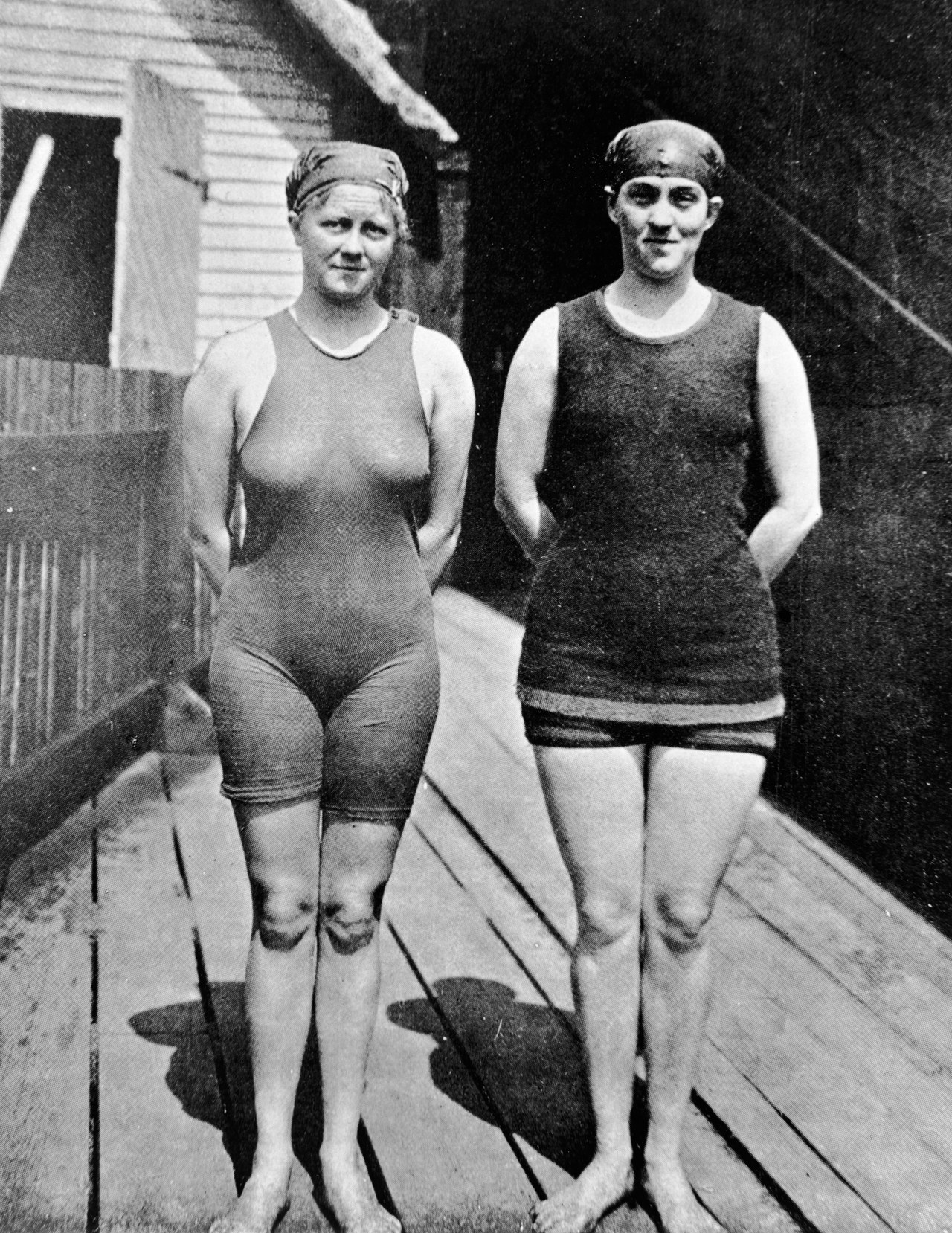
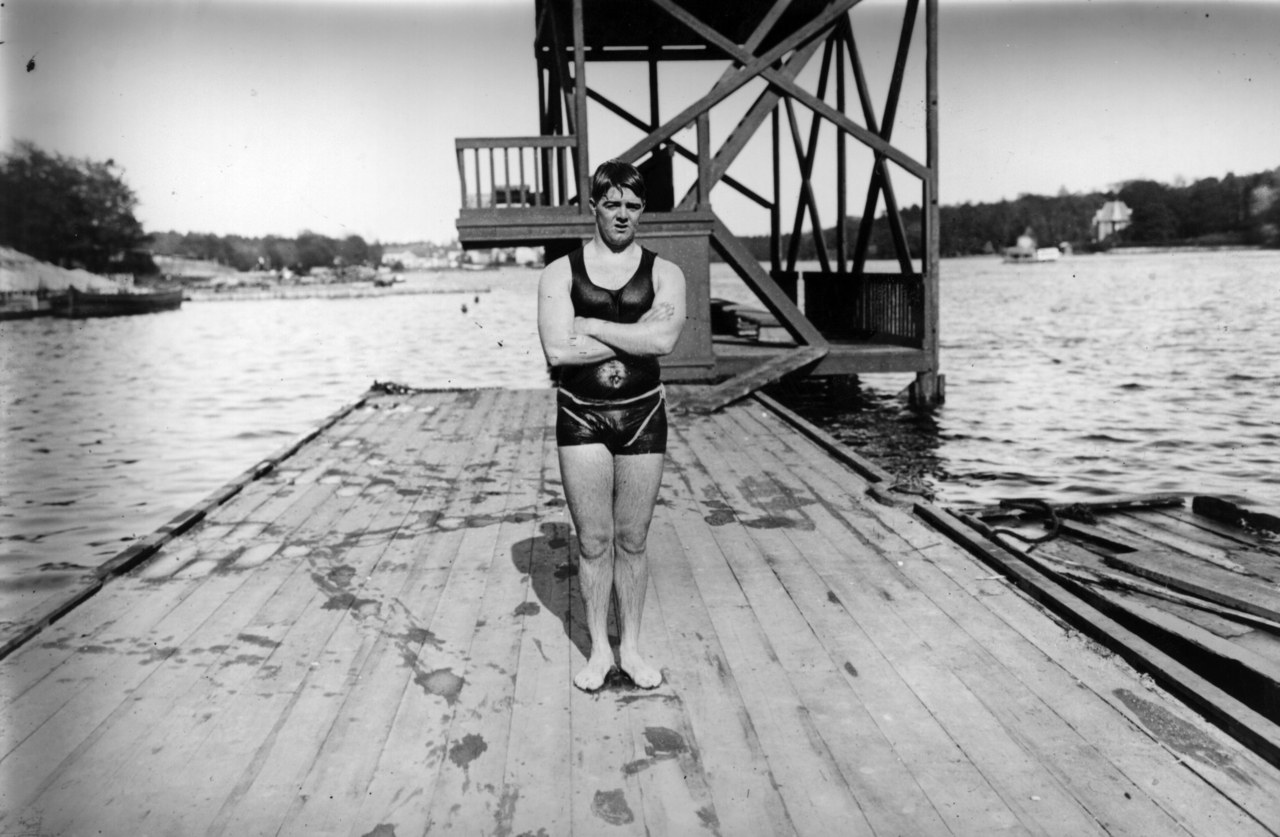
1924
Newly improved (and no longer see-through), women’s bathing suits featured a skirt at the bottom to make them look more like dresses and less like undergarments.
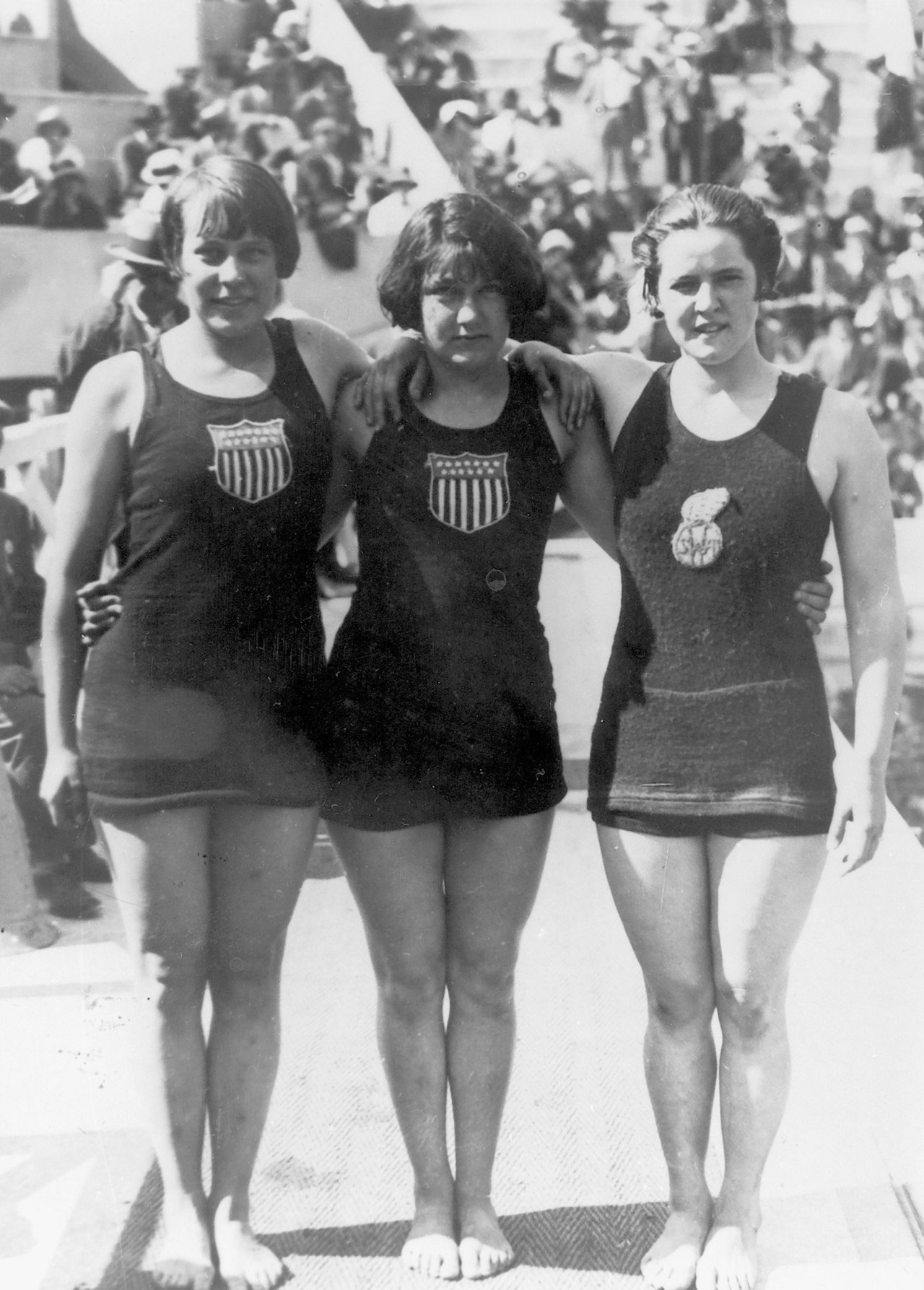
1928
The women’s uniform has a skirtless option (!!!), but the bottom of the suit still extends into the upper thigh to seem ladylike. As for the men–what a fine day at the beach they’re having!
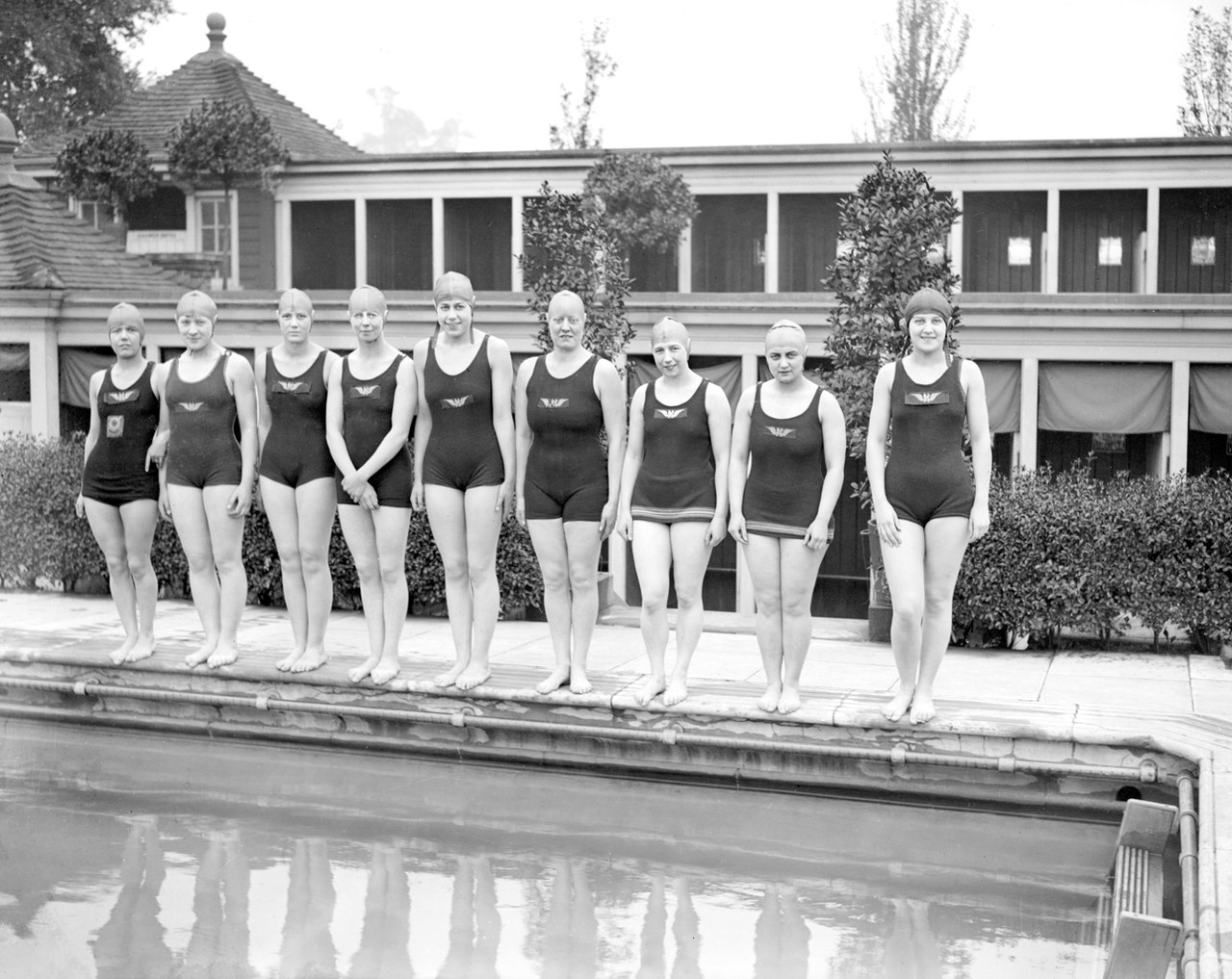
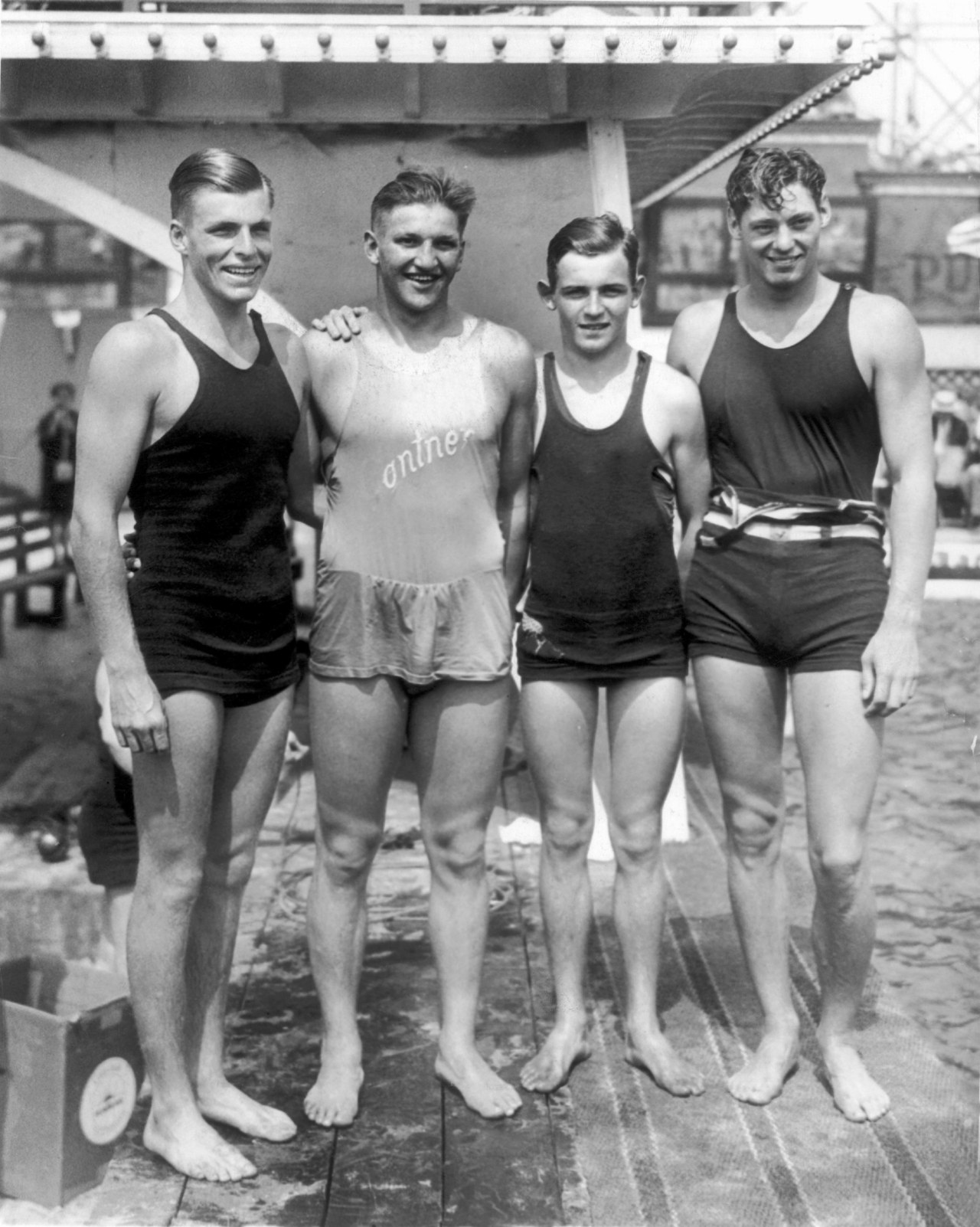
1932
Black and white, push and pull, opposites attract! Did these two fall in love or what? The uniforms here look eerily similar on the men and women, even though female swimmer Clare Dennis was almost disqualified for showing her shoulders.
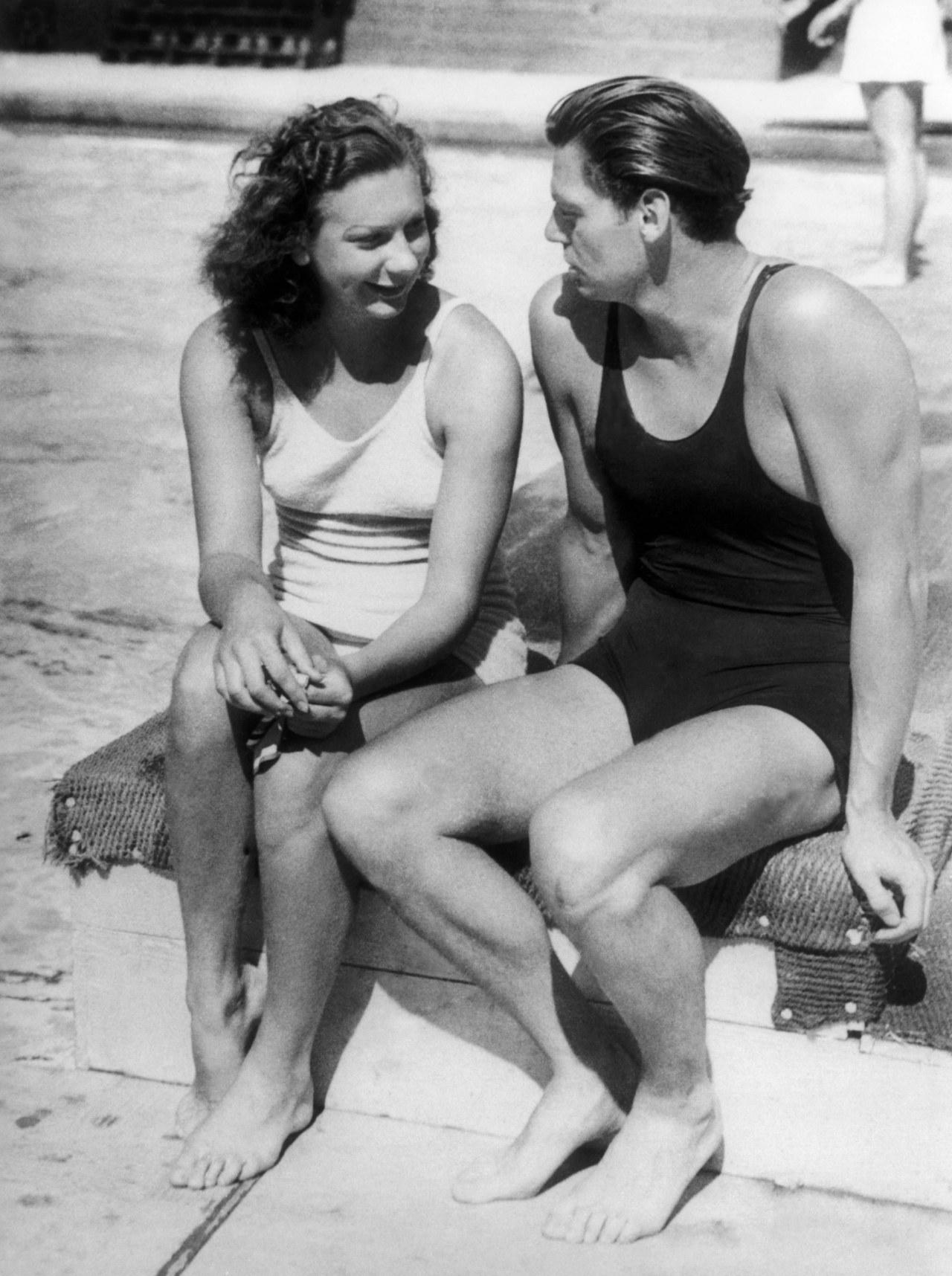
1936
The male Speedo makes its debut, and at least one woman (pictured) does not know where to direct her gaze in its presence. Meanwhile, the women keep it classy and covered.
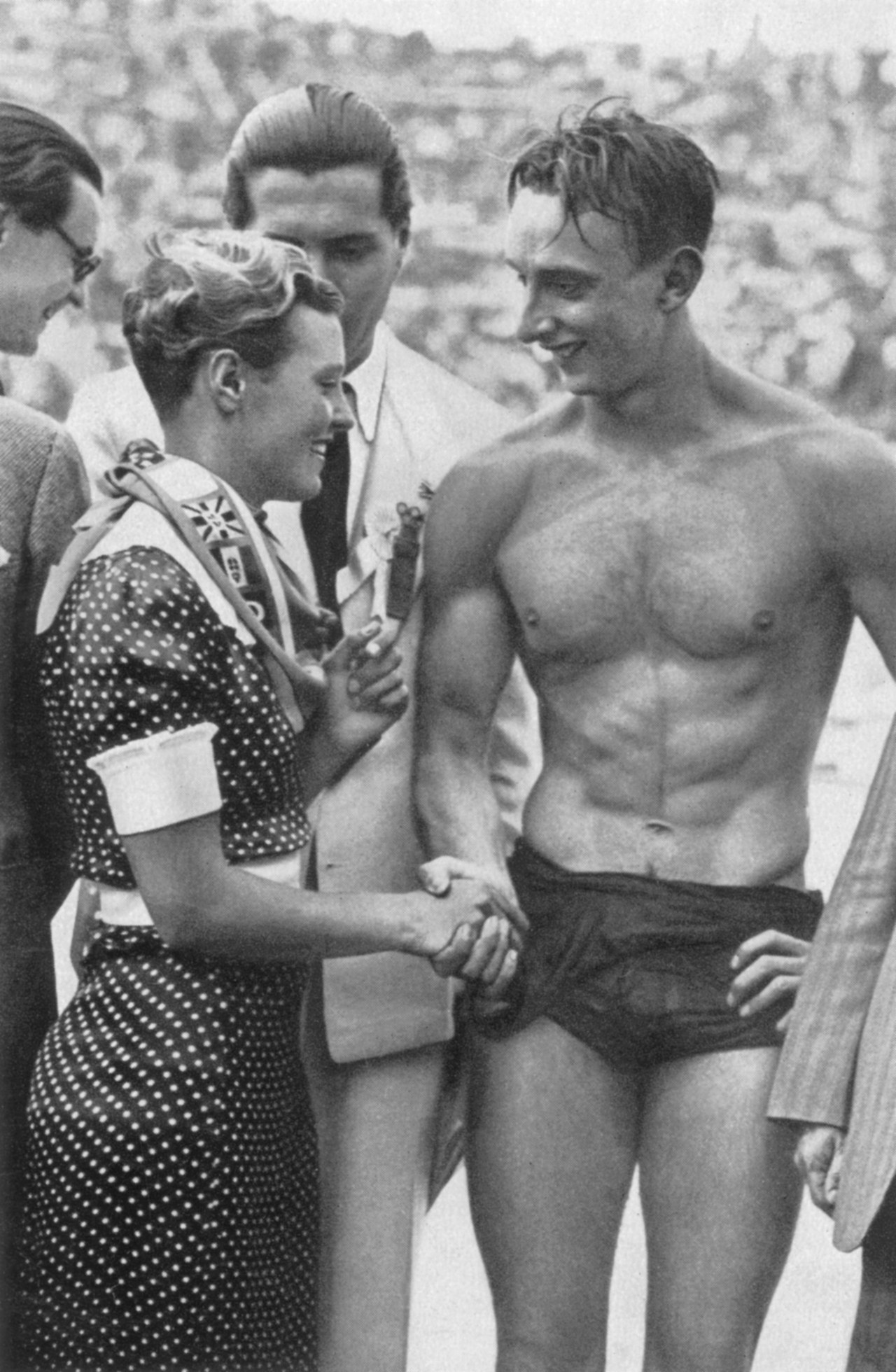
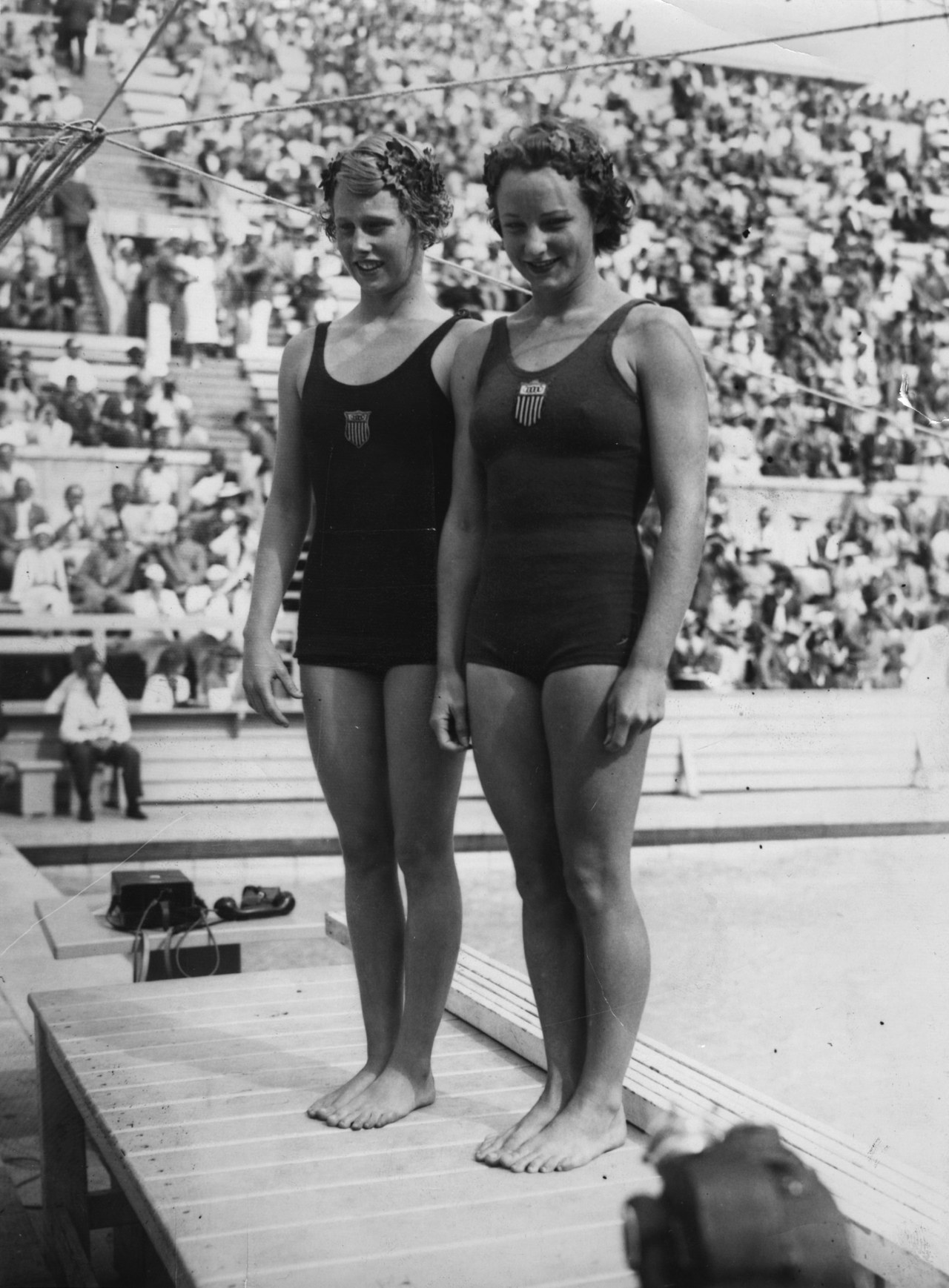
1948
All suits look the same in the water.
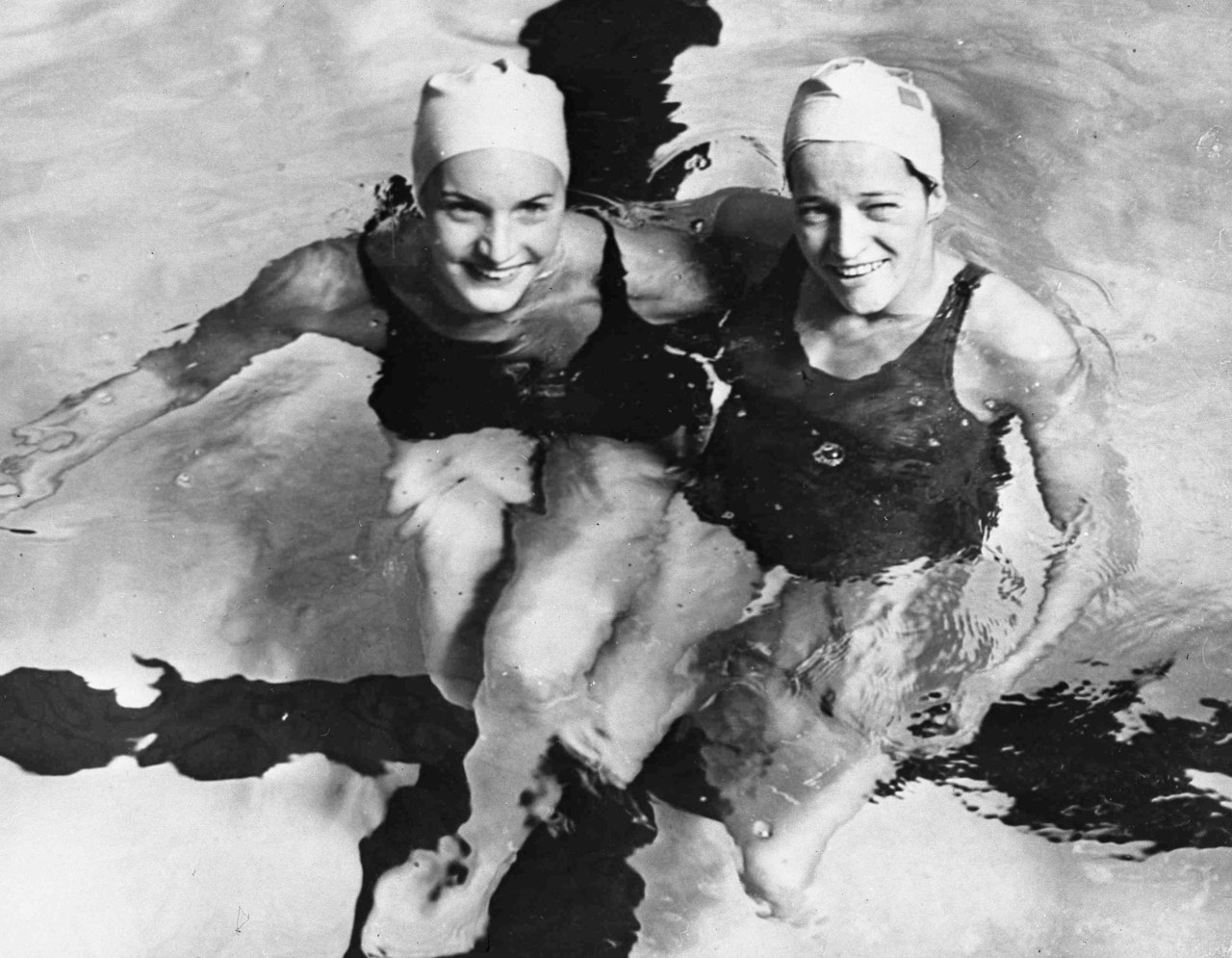
1964
In 1956, Speedo introduced nylon into its suits, giving swimmers extra traction in the water.
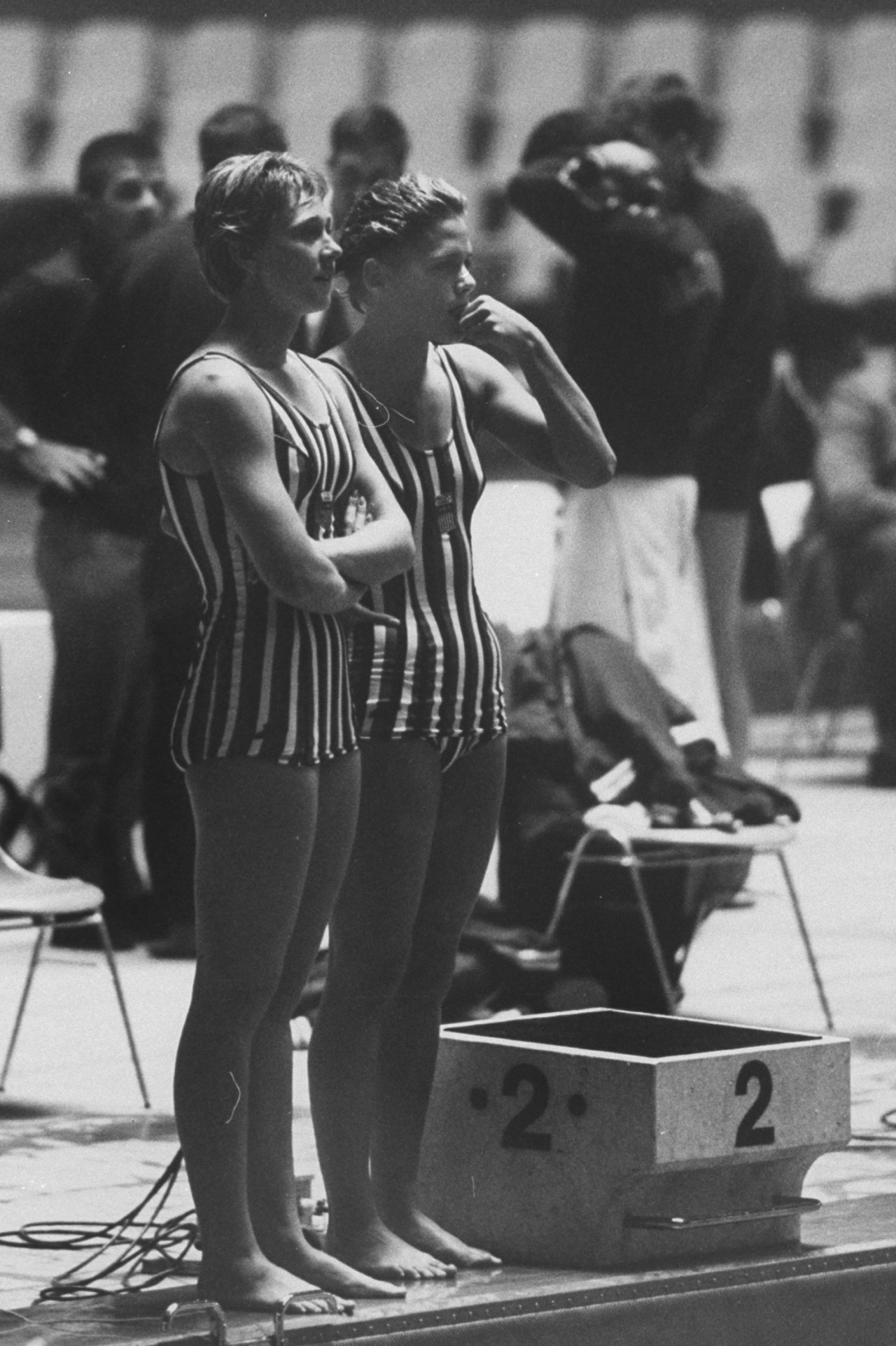
1976
The 70s brought about another material change in the form of elastane, which led to a shattering of records in 1972 and guaranteed success in 1976.
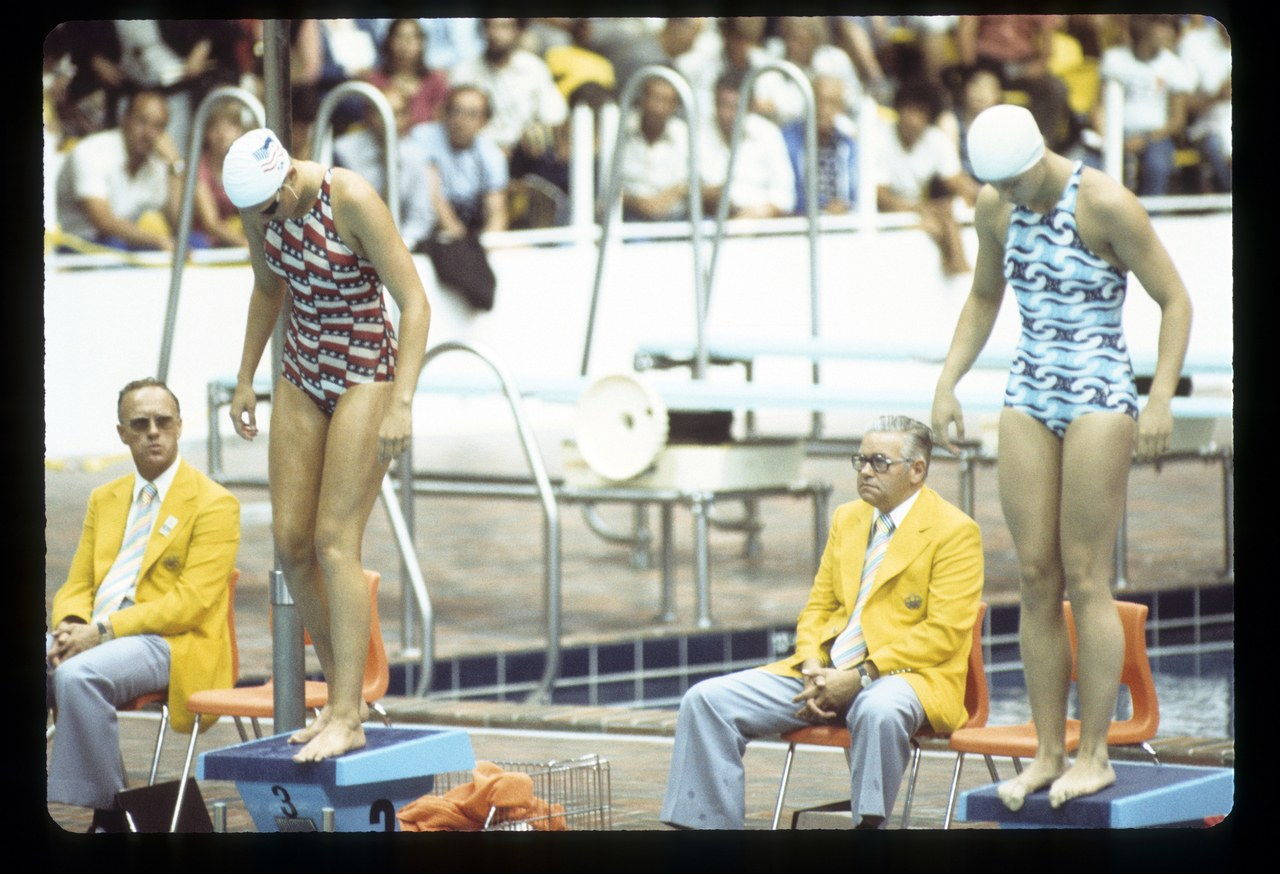
1984
Suddenly, the suits are allowed to ride higher, and resemble actual, modern swimwear! Look how happy these women are to swim freely.
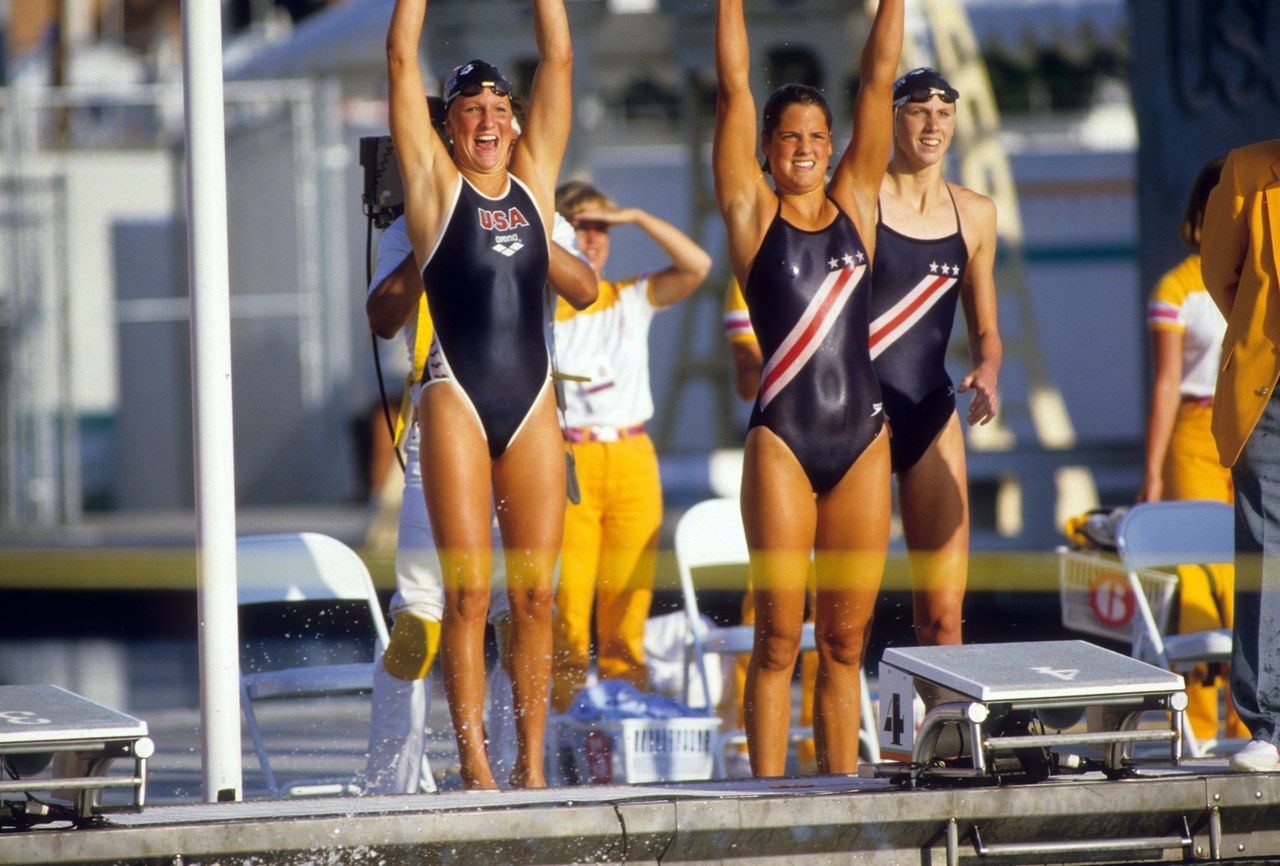
1988
The male and female suits both appear to be shrinking, with the women’s cut riding higher still than in ’84 and the men’s Speedo all but vanishing.

1992
How high is too high? These swimsuits show more upper thigh and pelvis than even gymnasts are used to showing, and there was no apparent speed advantage. And for men, 1992 became the year of the stars and stripes Speedo.
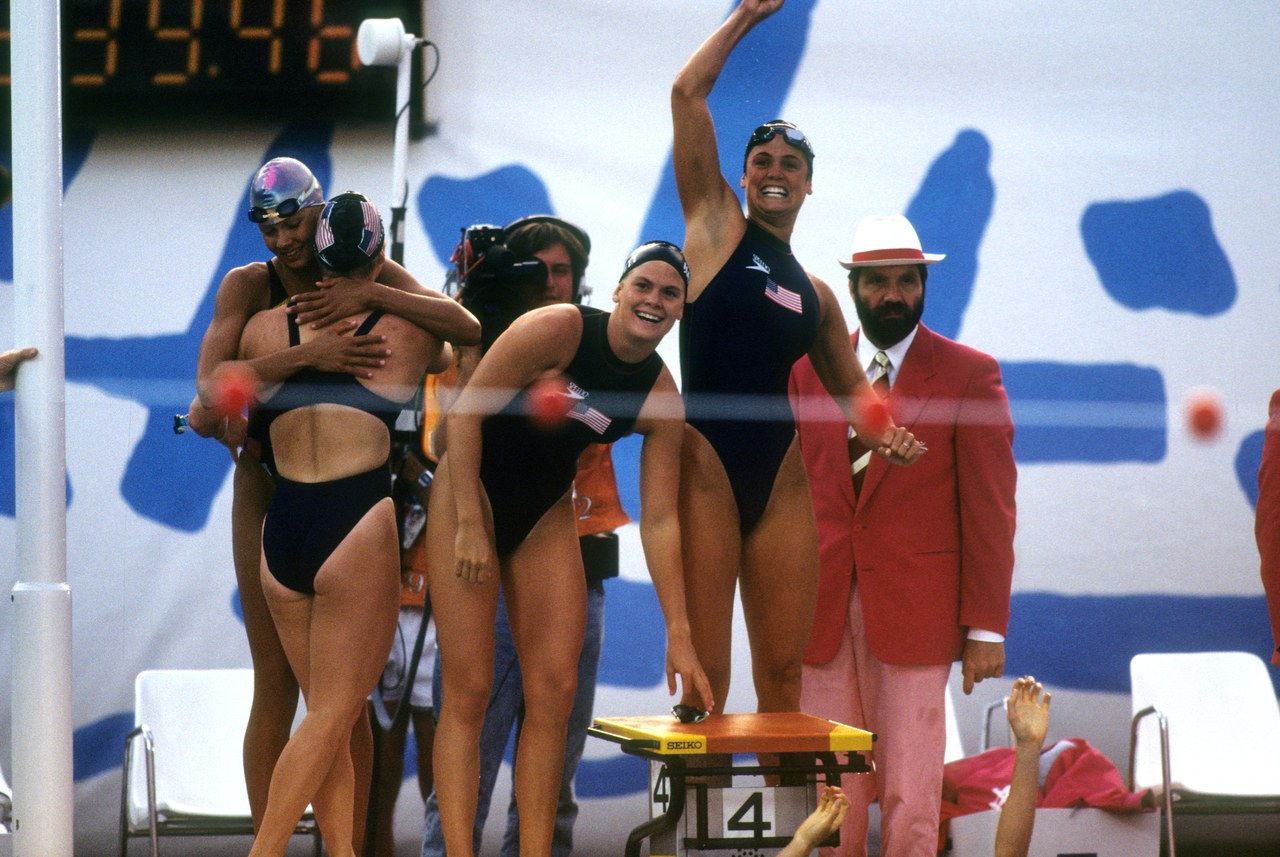

2000
Some change is gradual, and some is quicker than a Phelps victory in the [insert name of any event here]. 2000 was the introduction of Speedo’s biomimetic Fastskin suits, which resemble shark skin. The bumps and ridges on these suits were so effective in these Games that they led to various imitators and knock-offs, none of which were as effective.
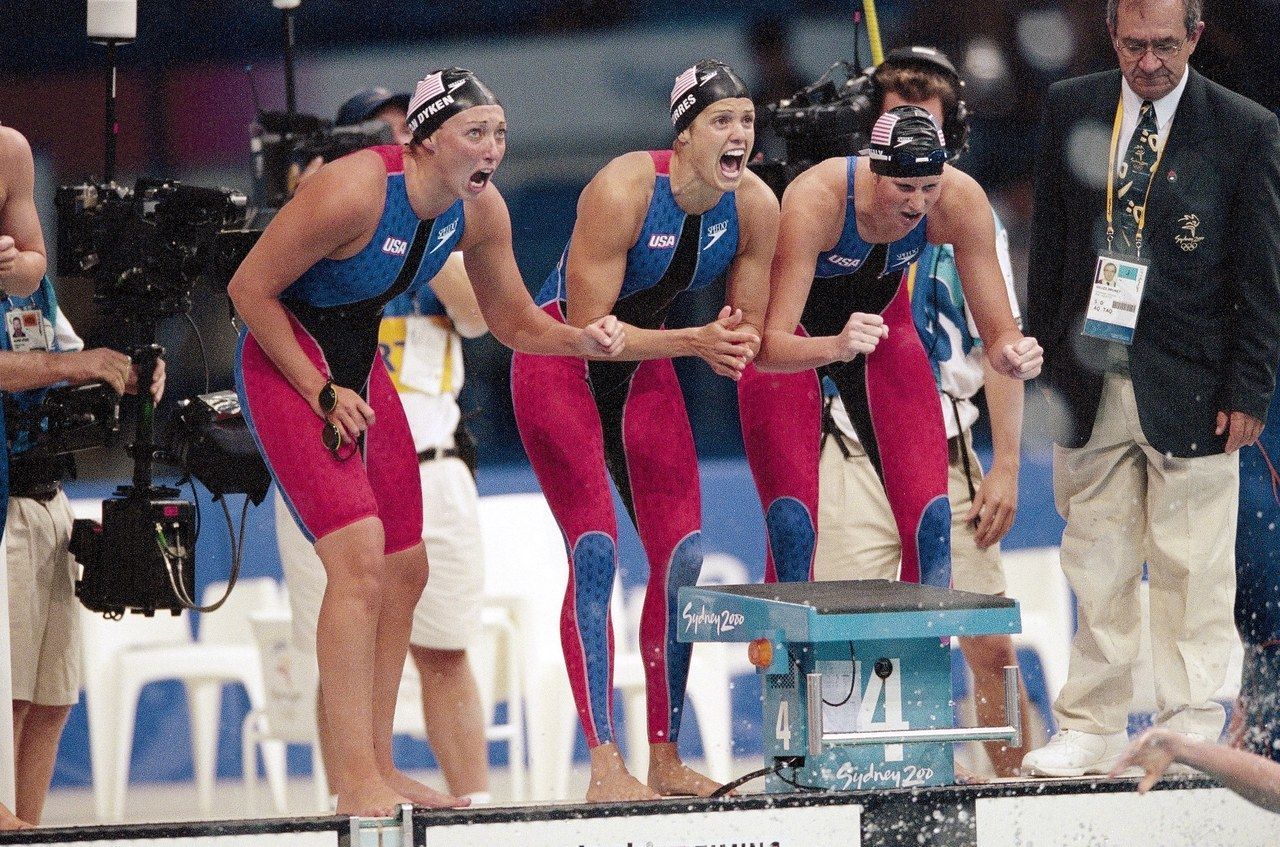

2008
This may look like the poster for an upcoming Marvel movie (and the studio would be wise not to rule it out), and not just because Michael Phelps and Natalie Coughlin are wearing elastane-nylon and polyurethane suits known as the LZR Razer.
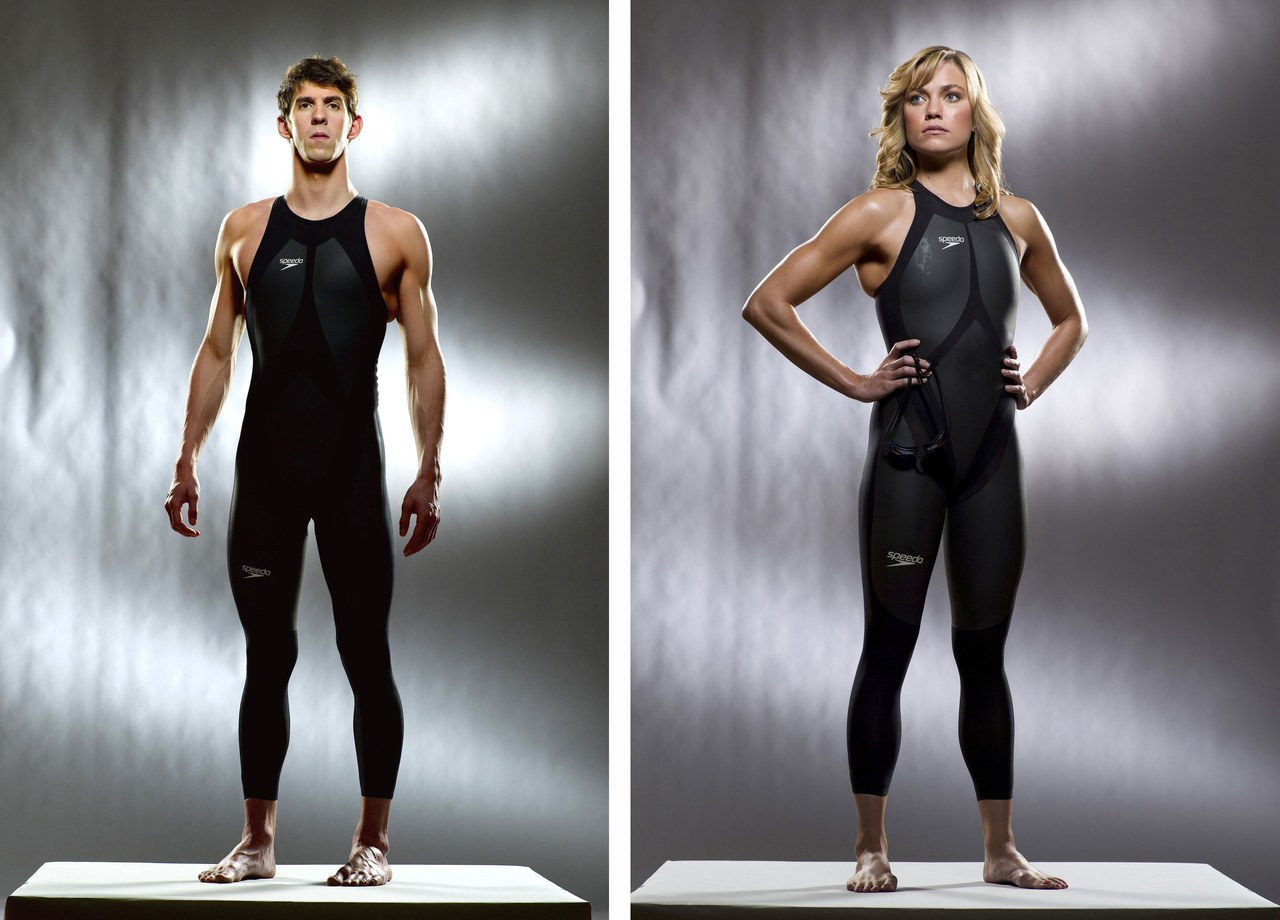
2012
The team abandoned sharks in favor of more wearable human fabric, resulting in a sleek, bold look.
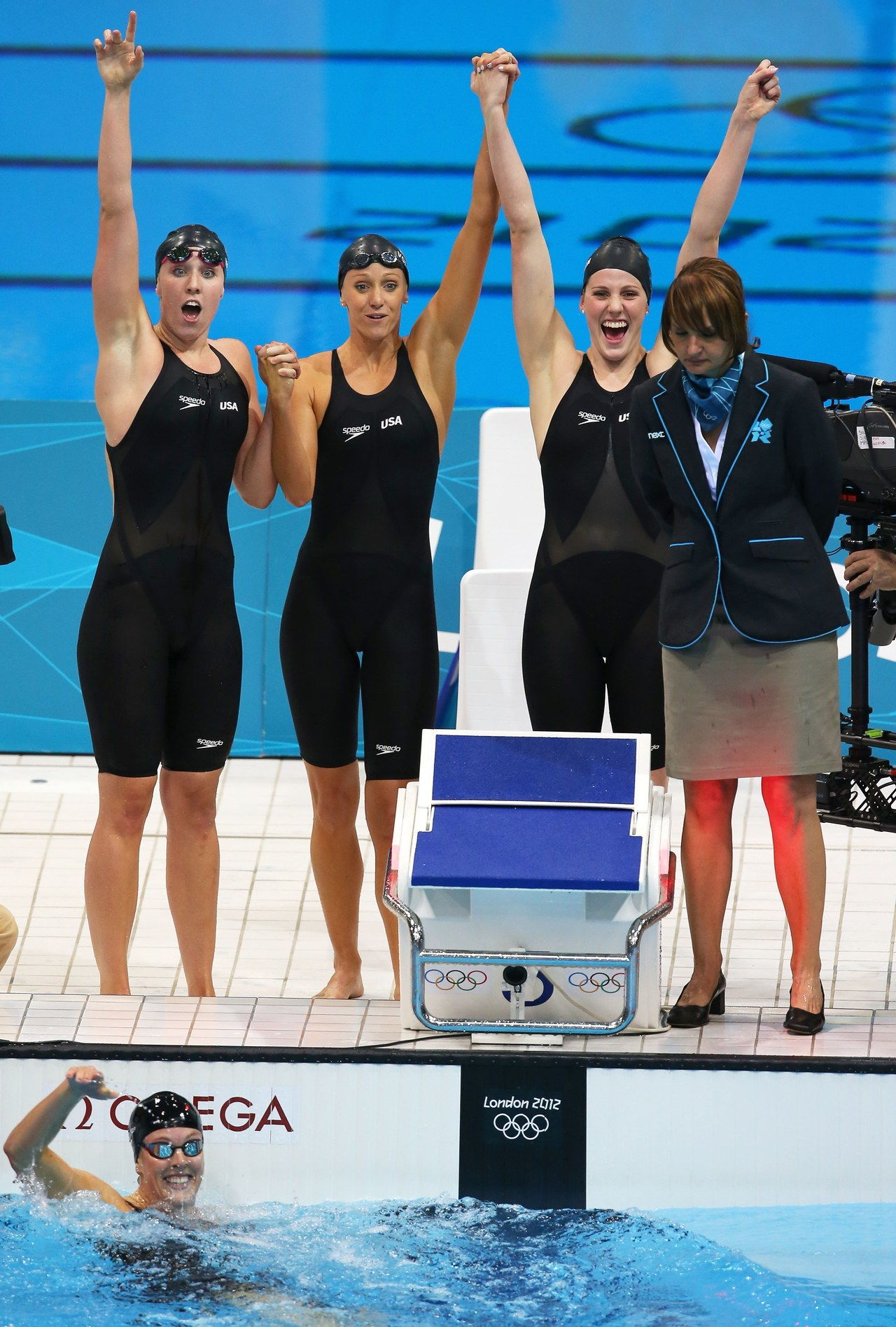
2016
The Rio gear is smoother than ever, still based in suave black but with patriotic accents to distinguish Team USA in the water. And after all this time, it’s probably fair to say…we’re paying more attention to the swimmers than their suits.

Now, watch six tips for finding your perfect bra.

